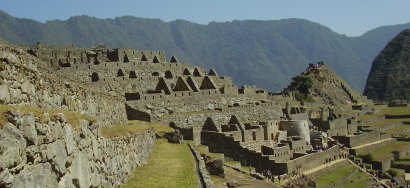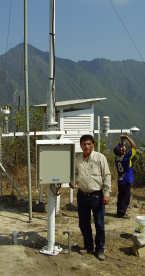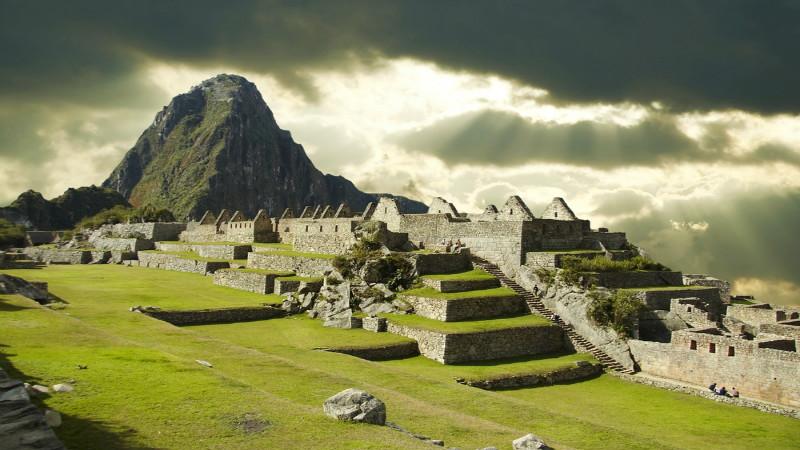A Network of Automatic Weather Stations Help Preserve Macchu Picchu
Machu Picchu is an Inca citadel located 112 km (70 miles) northwest of the city Cusco in Peru. It was built around 1450, at the height of the Inca Empire. This complex set of housing buildings, terraces, and temples was constructed in the classical Inca style, with polished dry-stone walls.
Machu Picchu was declared a Peruvian Historical Sanctuary in 1981 and a UNESCO World Heritage Site in 1983. In 2007, Machu Picchu was voted one of the New Seven Wonders of the World in a worldwide Internet poll. Today, Machu Picchu is visited by more than 2,000 tourists every day who wander through its many structures. There are more than one hundred flights of stone steps – often completely carved from a single block of granite – and numerous water fountains.

Seasonal Extreme Weather a Serious Threat
Every summer in Peru the country experiences a rainy season in the south. When the rainfall is intense enough, the Andes region is hit by a series of mudslides that destroy houses, and block railways and highways. These phenomena, called “Aluviones” or “Huaicos” in Peru, occur periodically when water is released abruptly from a previously ice-dammed lake alongside, within, or above a glacier.
On the opposite end of the spectra, during the dry season, vegetation and brush get very dry and become very flammable. Therefore, lightning or any small man-made fire left unattended by tourists or locals can grow and become a significant forest fire. In 2008, Macchu Picchu was threatened by a huge forest fire that burned down more than eight hundred hectares of forest in the valley situated between Cusco city and the ancient fortress. More than 600 firefighters were needed to control and eventually put the fire out.
Setting Up a Network to Safeguard the Historical Site
Concerned about these threats, authorities in Peru led by SENAMHI (the National Weather Service of Peru) have acquired a network of 12 Vaisala's automatic weather stations. The systems are equipped to measure wind speed and direction, solar radiation, temperature, humidity, atmospheric pressure, and precipitation, and some of them are fitted with water level radar type sensors as well.
"The objective of the project is to increase the preservation and protection systems in the Machu Picchu Sanctuary from the high vulnerability due to extreme weather and climate events", says Mayor General FAP (r) Wilar Gamarra Molina, Executive President of SENAMHI. Availability of real-time data generated by the weather stations and the ability to spot trends and spikes on certain parameter values is helping the Peruvian authorities take preventive measures and safeguard the population of settlements near Machu Picchu, visitors, and the site itself.
"SENAMHI is currently working with the Regional Governments to establish regional early warning alert systems to enhance public safety and support sustainable development."
